Features of planting and caring for lavender
The suburban area will be filled with a pleasant soothing aroma if lavender grows there. Planting and caring for a fragrant bush, carried out taking into account local conditions, will help grow a southern guest in areas with a harsh climate. In its warm homeland, this perennial is experiencing mild winters in the open field in the country, it is not adapted to severe frosts.
Savvy owners of summer cottages have mastered growing from seeds or cuttings and have learned to preserve the plant in Siberia, and in the Leningrad region, and in colder regions. The fragrant flower not only pleases the eye and creates a good mood, but also benefits. Lavender is used in pharmaceuticals and perfumery, and at home, its dry leaves will protect clothes from moths.
Comfortable conditions for a southern plant
Lavender came to our gardens from the south, so it loves warmth and sun. Find an open area where the cold north wind does not blow, and there will be growing fragrant bushes. Make sure that the shade from trees and shrubs does not prevent the flower from basking in the bright sun. In the shade, it will not die, only the inflorescences will be small, not so fragrant and will quickly fade.
Lavender won't like acidic soils. If you cannot determine the Ph reaction, just in case add ash when digging into the ground. Add compost to clayey heavy soil for planting seeds or cuttings, and the flower bed will immediately become loose. Having well prepared the soil, you will make it easier for yourself to take care of the plantings: on fertile soil, additional feeding is not required.
The root system does not tolerate stagnant moisture. Growing in a flower garden located in a swampy lowland is also possible, just make good drainage and add hydrogel to the ground. Sometimes these activities are not enough, but you really want to plant a fragrant plant. There is a way out: make an embankment and arrange a flower bed on it.
Reproduction of lavender
When purchasing seeds and cuttings, immediately decide where the flower will grow. Narrow-leaved lavender is more hardy, it tolerates cold snap more easily. For growing in the country, choose this type. Another variety - broad-leaved in almost nothing, except for the shape of the leaves, does not differ from its relative. These plants are more capricious, they die in light frosts. For planting in pots on a windowsill, choose varieties with wide leaves.
How to get material from one lavender bush to create a large flower garden or a long border?
There are several ways to propagate this plant:
- layering,
- cuttings,
- separating part of the root,
- seeds.
The branches of the plant root well. You can bend several shoots to the ground in the spring and sprinkle the lowest area with soil. When the roots appear, cut off the appendage, dust the wound with coal dust, and you can plant it on the selected area. It is even easier to cut the cuttings, treat the lower part with a growth stimulator and stick it into the ground to a depth of 2-3 cm. The first time, cultivation should be carried out under a film and regularly moisten the soil. In the spring at the beginning of the growing season and in late autumn, you can separate part of the bush and transplant it into a new hole.
There is no way to take shoots - grow seedlings from seeds, but without stratification, grains do not always germinate. In the south, you can sow a flower bed in late autumn, and in spring sprouts will appear on it. In the Leningrad region and in Siberia, this option is not suitable: severe frosts will destroy the embryos. You can wake up the grains in another way by placing them in the refrigerator for 2 months.Seed sprouts will develop for a long time, you will see flowers only in the second or third year.
Planting fragrant bushes
If you don't want to propagate lavender by cuttings, but are going to grow it from seeds, sow them in boxes in March. By the time the ground warms up, bushes ready for planting will form from them. You can sow the seeds in a greenhouse or greenhouse when the soil under cover is warm. You need to transplant young plants to a permanent place at the age of 1.5-2 months.
Lavender doesn't like to be dug up and transplanted. In warm regions, you need to immediately give the bushes a permanent place where they will grow for many years. If you live in an area with frosty winters, in the fall you will have to dig up a plant with a large clod of soil, plant it in a flowerpot and place it in a cool room for the cold season. You can make life easier for yourself and the flower: grow it in a flowerpot, which is brought out to the flowerbed in summer, and removed to a warmed veranda or glazed loggia for the winter.
If you want to grow single lush bushes from seeds and cuttings, make the distance between them not less than the height of the plant, about 90 cm.At the same distance, you need to plant other crops so that they do not interfere with the bush to create a lush crown. You can make a fragrant hedge out of lavender, then plant flowers twice as often. Fence off the recreation area in this way, and you can take a nap or listen to calm music, enjoying the pleasant aroma.
Dig well the entire area to a depth of 0.2 m and loosen the soil, picking out all the roots of the weeds. The depth and diameter of the holes depend on the size of the root system, surrounded by an earthy clod. When placing it in a pit, about 15 cm of free space should be left on all sides. When the entire cavity is filled with loose fertile soil, the bush will take root faster.
It is necessary to install the seedling very carefully so that the earth does not fall off the roots. It is desirable that the entire mass of the soil be whole, and the narrow-leaved lavender does not feel the transplant at all. Buy cups with a rising bottom, with this design, the root system is not injured at all. The neck of the root should not be in contact with the ground, it is better to raise it a few centimeters above the surface. Fill the hole, lightly compact the soil. Moisten the soil well and mulch the top layer.
Lavender care
Rain and snow compact the soil in the flower garden, but lavender needs loose soil. You will have to regularly take a hoe and break the dried crust, and at the same time destroy the weeds. Experienced gardeners do not bother themselves with such work, they sprinkle the ground with a thick layer of mulch. Cover the entire free surface, but there should be free space around the trunks so that the bark does not start to rot. If you live in the south and want to grow bushes from seeds right in the flower garden, sprinkle the grains with a thin layer of soil, and mulch the soil when the sprouts reach a height of 10 cm.
Council. Take materials of different colors for mulching: sand, compost, chopped straw. Lay out geometric shapes in contrasting shades of mulch, and the earth will become a design element. Mark the boundaries between the circles and rectangles with bright small pebbles, and lay out ornaments from the pebbles in the middle of the figures.
Waterlogging threatens lavender with root rot and death. A heat-loving bush can survive drought, but the inflorescences will be small and rare. Monitor the soil and water when dry. Moisturize sparingly so that the soil in the flower garden does not turn into a swamp.
If you don't want to prune, you can let the flower grow like it does in the wild. Only the shoots will stretch up, the bush will not be very lush, shapeless. To give the plants a decorative look, remove any dried spikelets after flowering. Formative pruning can be done in autumn... Do not cut too short, leave parts of the young twigs, without them narrow-leaved lavender will die.
When the plant wakes up after winter dormancy, feed it with nitrogen fertilizers, which stimulate the growth of greenery. When buds appear, apply complex fertilizer so that the bush has enough nutrition for the development of inflorescences. If you want to feed lavender in the second half of summer, choose formulations without nitrogen. Nitrates prolong the development of shoots, the flower will not prepare for the winter cold and will freeze. If you have prepared the soil well and covered it with compost, no other feeding is required, all nutrients will enter the ground from the top layer.
Many experts believe that narrow-leaved lavender will not withstand the frosts that occur in Siberia, will not even save shelter, the flower must be transferred to the house. Where there is no severe cold in winter, for example, in the Leningrad region, you can leave the bushes to winter in the open field. If the plant is covered with spruce branches, and heavy snowfalls will create a thick heat-insulating layer, a sleeping bush can withstand a short-term cooling of at least -25⁰. Better not to risk it, in recent years, snowy winters are rare. Dig up some of the most valuable specimens and take them to a cool room for the winter. If the weather fails, and the plants on the street die, you will have the opportunity to take cuttings to restore the flower garden.
Pest and disease control
Another plus in the cultivation of lavender: its scent, pleasant for people, is completely intolerable to insects. Fragrant essential oils contain phytoncides, so infections very rarely affect this plant. But all the same, it is impossible to completely ignore the flower: suddenly you are unlucky and the bush will not be able to protect itself from parasites. From time to time, inspect the planting in the country, and you can take action in time.
If bubbling mucus similar to saliva appears on the leaves, the slobbery penny likes the bush. Hose the plants with a strong jet of water to rinse off the parasites. The rainbow beetle that gnaws at the leaves is also not afraid of smell. This insect reproduces very quickly, from one individual, a whole colony is soon formed, which can destroy the plant. Collect the beetles from the bush and burn them, and treat the flower garden with insecticides.
In high humidity, gray rot may appear on the shoots. This is an infectious disease, from lavender it can spread to other less protected plants. The affected areas need to be cut off and burned, and the nearest plantings should be treated with antifungal drugs. Strong plants are rarely attacked by pests and diseases, so as not to deal with parasites, create conditions for the bushes for good development.
Output. Despite its southern origin, lavender is not too capricious. In the humid and not too frosty climate of the Leningrad Region, it can overwinter without loss on the street under cover. Narrow-leaved lavender does not die in frosts down to -25⁰, broad-leaved is more demanding for heat, it is usually grown from seeds and twigs as a house flower.
If the soil is well mulched, cultivation can be carried out for several years without feeding. This operation will save you from the work of weeding and loosening. All care will be reduced to watering and pruning the bushes. Mulch can only be applied to sprouted bushes, and when sowing seeds in the ground, you need to wait until the seedlings grow up to 10 cm.Do not spare your efforts, do everything right when planting, and lavender will delight you with bright inflorescences and a pleasant aroma for many years.
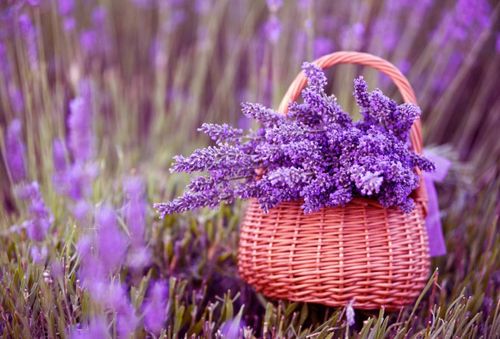
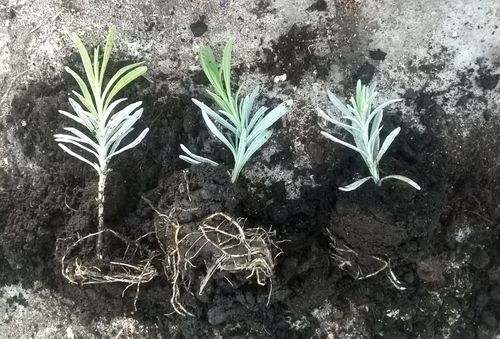

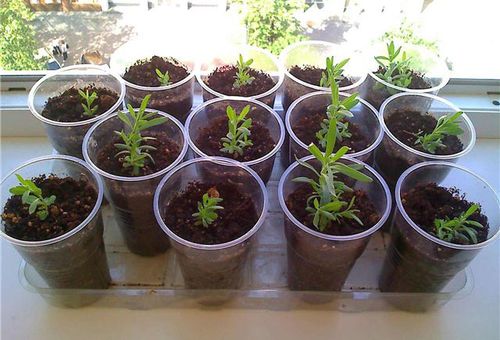
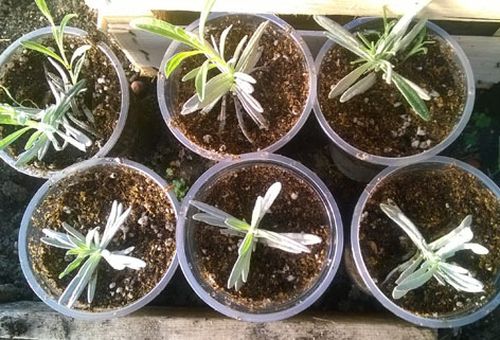
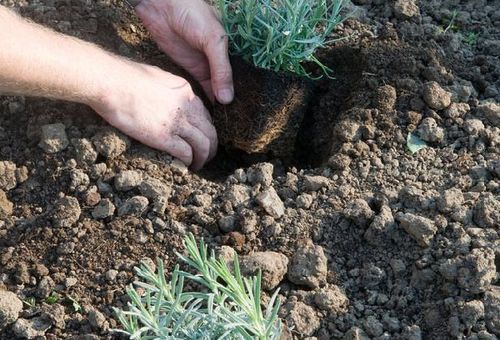
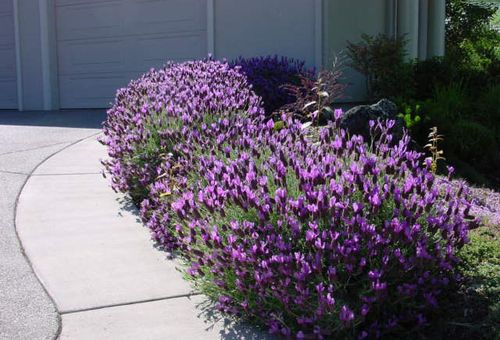
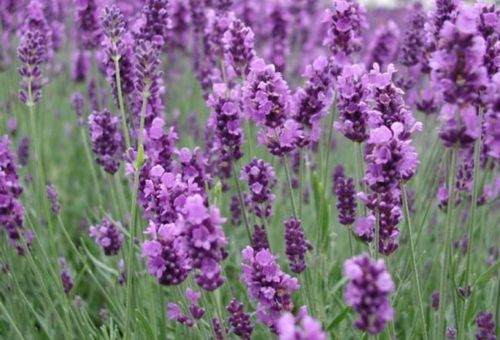
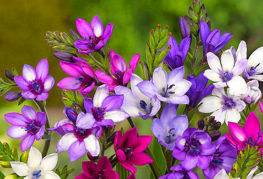
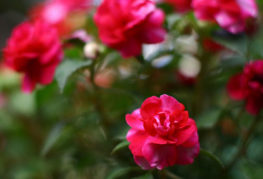
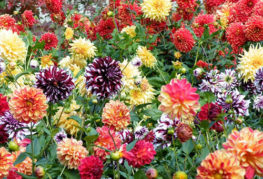
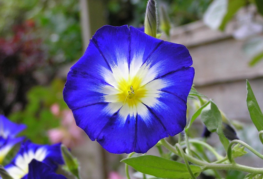
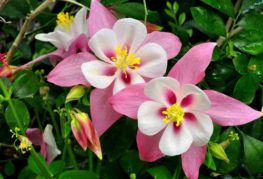
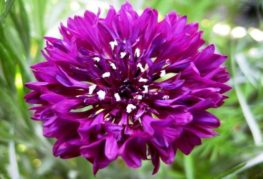
and will be published shortly.